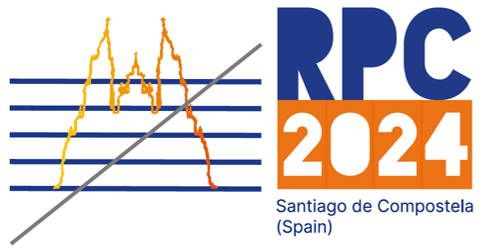Speaker
Description
Particle detectors at the LHC experiments are very often characterized by large detector volumes and by the need of using very specific gases. Since the early phase, the gas consumption optimization was one of the design criteria. CERN is today strongly committed to reduce GHGs emissions from particle detector operation. In addition, GHGs are now subject to a phase down policy in Europe that started to affect the market with price increase and, in the long term, may cause a decrease in their availability.
Four different strategies have been identified to optimize the GHGs usage: gas recirculation systems optimization, gas recuperation, new environmentally friendly gases, and gas abatement. This contribution will focus on results obtained for the present gas systems’ optimization and on the R&D studies for the development of gas recuperation plants. Gas recuperation plants are systems designed to extract GHGs from the exhaust of gas recirculation systems allowing further re-use and, therefore, reducing drastically GHGs emissions without changing detectors operation conditions. Recent developments are concerning systems for CF4, C2H2F4 (also called R134a), C4F10 and SF6 recuperation.
A first R134a recuperation plant is connected to the CMS-RPC system and operational since July 2023. The use of R134a for the ATLAS and CMS RPC detector systems operation represents about 80% of the GHGs emission from particle detectors at CERN experiments. The separation process resulted more complicated than expected because R134a and iC4H10 forms an azeotropic mixture.
R&D studies to design a SF6 recuperation plant are also ongoing.
Results (gas quality, efficiency, plant reliability, ..) from the first operational experience with the R134a recuperation plant and status of the R&D for the SF6 recuperation plant will be presented.

